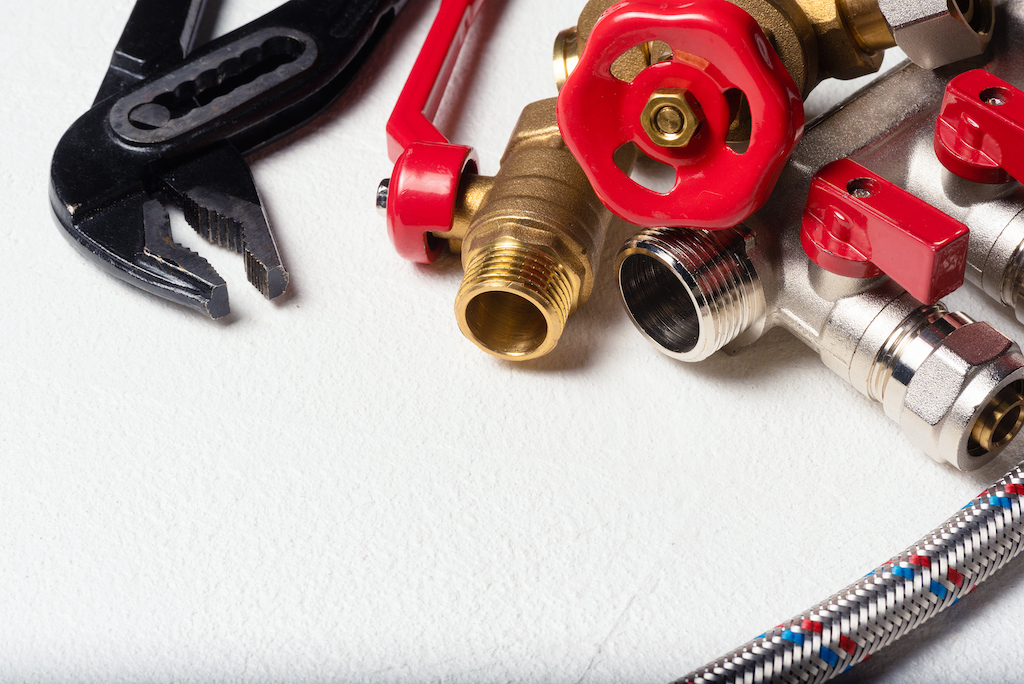LOCATE THE MOLD HOT SPOTS IN YOUR HOME TODAY!
Ok, truth time, I haven’t walked down in my basement in, oh, probably a year because I think it might be covered in toxic black mold. If you’re thinking, WOOOOW, Mary, you should probably get that handled – I 100% agree, but my lease is up in a couple of months sooooo maybe I’ll just wear a medical mask until then.
Mold, being part of our natural environment can be found in any home or on any surface. According to OSHA, mold can grow on any substance, as long as moisture or water, oxygen and an organic source are present. Molds reproduce by creating tiny spores (gross) and its spores (gross) continually float through the indoor and outdoor air (I’m probably breathing black mold as I type this….)
HOLY MOLDY
Did you know that when mold spores land on damp spots they begin to grow and digest whatever they land on? Growing on wood, paper, carpet, food, insulation, mold feasts on the everyday dust and dirt we create.
Now here comes the fun part – how is the mold you cohabitate with affecting your health? Certain molds produce allergens which can trigger allergic reactions and asthma other molds produce potent toxins and irritants which can lead to health problems down the road.
Being nearly impossible to eliminate all mold and mold spores from the home one can certainly locate and control the moisture that contributes to the growth. Here are 7 hot spots around your home that have the potential to harbor mold:
- Pipes and Faucets: All wet sites should be reviewed regularly for early signs of mold. Leak detection kits can assist in the preventing of mold from spreading.
- Previous leak sights: Floors, walls, or even subfloors that were subjected to a previous leaks are definitely susceptible to mold. If the leak isn’t addressed in 24-48 hours you are at a higher risk of mold growth.
- Employee Areas: Restrooms, kitchens and breakrooms are all at risk for mold. You know these have to be the most neglected areas…. A regular weekly cleanup can help eliminate potential mold spores from spreading.
- Refrigeration/Freezer Equipment: These sites are high risk for mold. Potential power outages or a fluctuation in temperature can allow mold to grow.
- Drains and trays: Rarely inspected and easily clogged, drains are a breeding ground for mold. Check these areas frequently to ensure mold doesn’t spread.
- HVAC Equipment: All these things do is drip and leak water. Getting them regularly serviced will assist with the decrease of mold.
- Outdoor areas: With exposure to lots of moisture and limited inspections outdoor areas give mold plenty of places to grow. Mold can easily be washed away with regular maintenance.
IS ANYONE ELSE SLIGHTLY PANICING? After writing this I’m pretty sure my entire house might just be one giant mold spore….. Although all hope lost for me, YOU might be able to limit the amount of growth in your house today. By identifying these hotspots and practicing good moisture prevention techniques year round you can seriously diminish the amount of mold that grows in your house.

